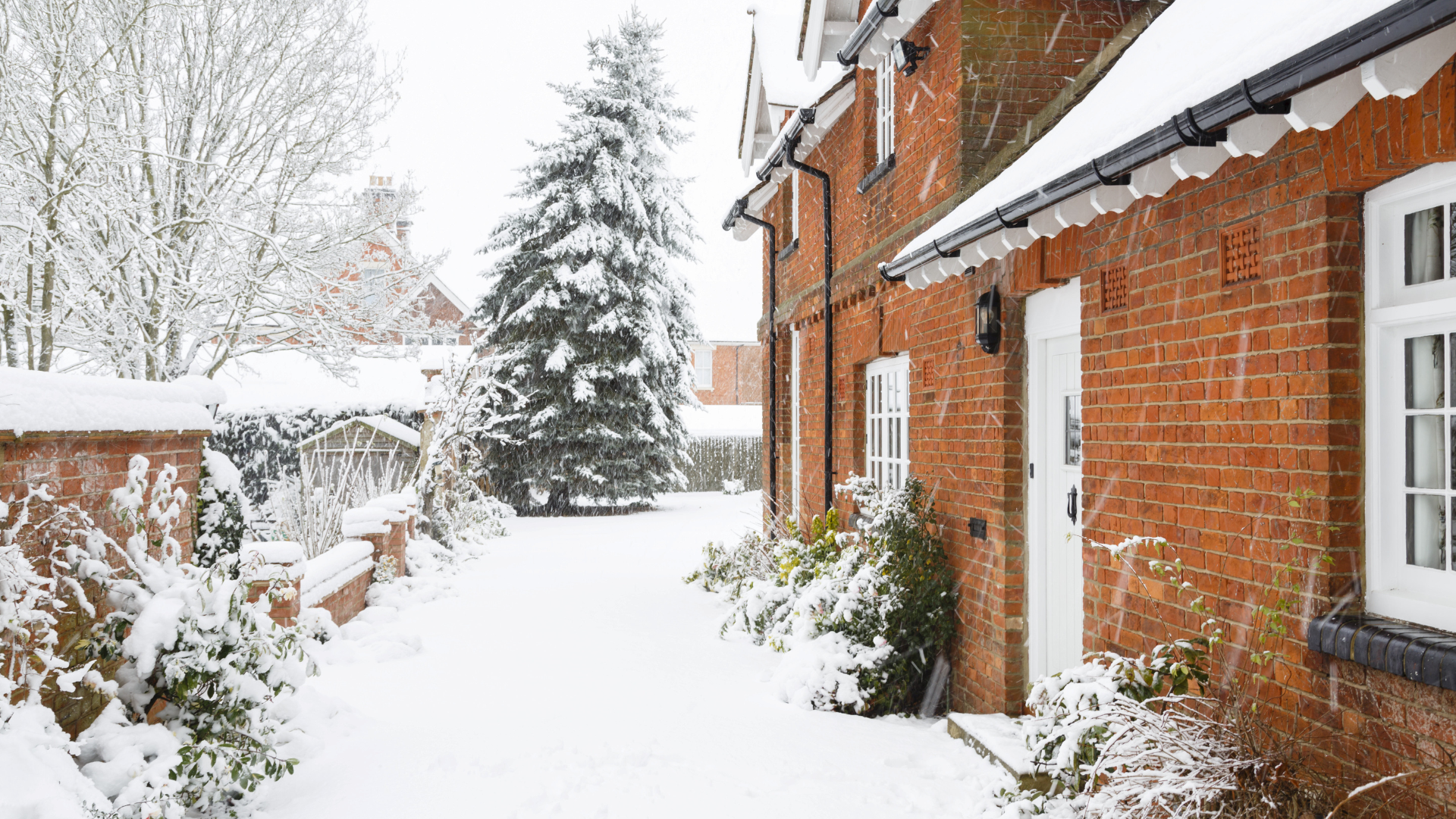Almost every estate agent can tell a story about buyers moving into a property that isn’t handed over how they assumed. From gardens being stripped of plants to every light bulb being unscrewed, tales like this reinforce how important a TA10 form is in the buying and selling process.
If you are moving and don’t want any unexpected surprises, here are 7 things you should know about the TA10 form.
1. The TA10 has a more friendly name
TA10 is the name given to a form issued by The Law Society. It’s part of a wider set of templates used by solicitors during the conveyancing process. A TA10 is more commonly known as a ‘fittings and contents’ or ‘fittings and fixtures’ form. It’s filled out by the seller and sent to the buyer via the solicitors.
2. The form is legally binding
Honesty is definitely the best policy for sellers filling in their TA10 form. It is a legally binding document and may become part of your sales contract. If a seller removes items that were described as included on the TA10 form, the buyer is within their rights to make a legal claim against the seller in the future.
3. You can take…or leave…almost whatever you want
It is up to the seller to decide what is left behind and what is removed – after all, they usually own everything within the property and its grounds. Fixtures and fittings that could be removed include the obvious – white goods, bathroom cabinets and curtains – but the TA10 form will ask sellers if they’re planning on removing boilers, radiators, door fittings and electric sockets, for example – all classed as ‘basic fittings’. It is uncommon and unwise, however, for a seller to rip out a property’s fundamentals.
4. Rubbish must go
One thing a seller must not leave behind is rubbish. All refuse and recycling should be removed from the property before move out day, including anything that has accumulated in lofts, gardens, outbuildings, garages and sheds. The property should also be left in a ‘reasonably’ clean and tidy condition.
5. Leave a light bulb
Arriving at your new home to discover all the light bulbs have been removed may sound petty but it happens. The Law Society’s TA10 template does state that ‘if the seller removes a light fitting, it is assumed that the seller will replace the fitting with a ceiling rose, a flex, bulb holder and bulb, and that they will be left in a safe condition.’
6. Smart devices need special attention
If you have a Ring doorbell, a Nest wireless central heating control, a smart energy meter or a wifi-connected security system, take note. Smart devices could become a bone of contention if the buyer has seen them during a viewing and assumes they’re included in the sale. Although there is no current section on the TA10 form devoted to smart devices, there is an ‘other items’ section where these can be listed and noted as ‘included’ or ‘not included’.
7. You can use your TA10 to sell items
As well as ‘included’ and ‘not included’, another option on the TA10 form is ‘price’. This is useful if you’re not happy to leave behind a very expensive American fridge freezer but realise it won’t fit into your new property. By writing a figure in the price box, you are disclosing your willingness to sell it to the buyer.
If your purchaser is interested, they have three options. They can conduct negotiations directly with you, go through your estate agent or contact your solicitor – although the latter may incur extra charges. Any agreements to sell items should be communicated to both solicitors involved, especially if agreed privately.
If you need help filling out your TA10 form – or any other document pertaining to your house move – give us a call.
Share this article
More Articles
Sign up for our newsletter
Subscribe to receive the latest property market information to your inbox, full of market knowledge and tips for your home.
You may unsubscribe at any time. See our Privacy Policy.




